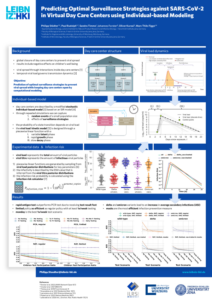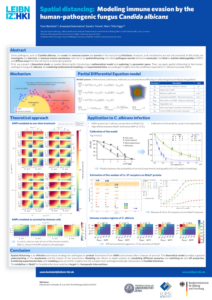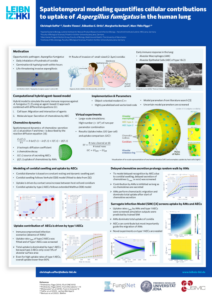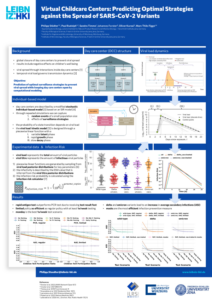In this study we investigate receptor–ligand binding in the context of antibody–antigen binding. We established a quantitative mapping between macroscopic binding rates of a deterministic differential equation model and their microscopic equivalents as obtained from simulating the spatiotemporal binding kinetics by a stochastic agent-based model. Furthermore, various properties of B cell-derived receptors like their dimensionality of motion, morphology, and binding valency are considered and their impact on receptor–ligand binding kinetics is investigated. The different morphologies of B cell-derived receptors include simple sperical representations as well as more realistic Y-shaped morphologies. These receptors move in different dimensionalities, i.e. either as membrane-anchored receptors or as soluble antibodies. The mapping of the macroscopic and microscopic binding rates allowed us to quantitatively compare different agent-based model variants for the different types of B cell-derived receptors. Our results indicate that the dimensionality of motion governs the binding kinetics and that this predominant impact is quantitatively compensated by the bivalency of these receptors.
Model for antigen binding by B cell-derived receptors
Publications
Polymer-based particles against pathogenic fungi: A non-uptake delivery of compounds.
Orasch T*, Gangapurwala G*, Vollrath A, González K, Alex J, De San Luis A, Weber C, Hoeppener S, Cseresnyés Z, Figge MT, Guerrero-Sanchez C, Schubert US#, Brakhage AA#
The therapy of life-threatening fungal infections is limited and needs urgent improvement. This is in part due to toxic side effects of clinically used antifungal compounds or their limited delivery to fungal structures. Until today, it is a matter of debate how drugs or drug-delivery systems can efficiently reach the intracellular lumen of fungal cells […]
JIPipe: Visual batch processing for ImageJ.
Gerst R*, Cseresnyés Z*, Figge MT#
The continuous development of new microscopy techniques requires the parallel evolution of image analysis workflows. ImageJ provides a high level of accessibility to bioimage processing, which is still impeded by the necessity of developing scripts to achieve reproducibility, and to comply to the FAIR principles. We provide a visual language termed JIPipe that allows the […]
Nasal airflow promotes default mode network activity.
Salimi M, Ayene F, Parsazadegan T, Nazari M, Jamali Y, Raoufy MR
Background and objectives Default mode network (DMN) is a principal network that is more active at the baseline functional state of consciousness and spontaneous brain activity. Nasal breathing beyond the oxygen supply, entrained brain oscillations in widespread brain regions. Consistent with the important role of nasal breathing on neural oscillation for brain function, here we […]









